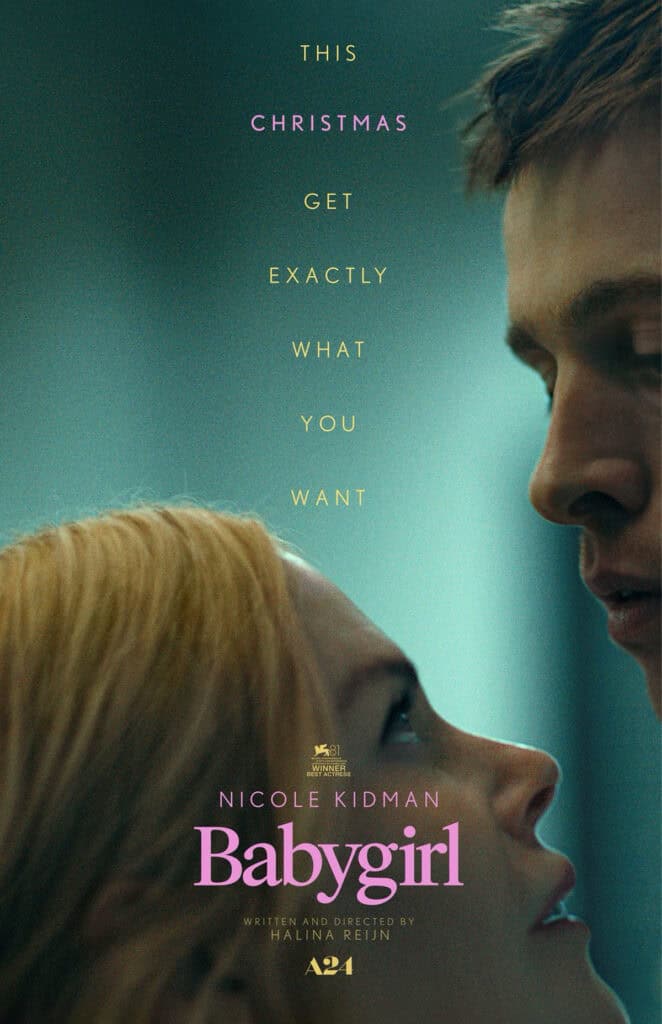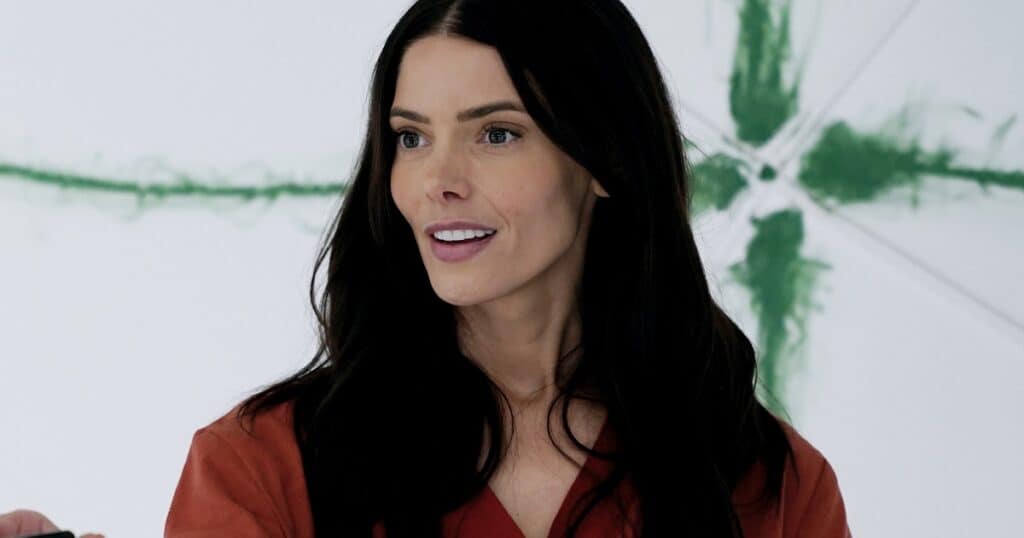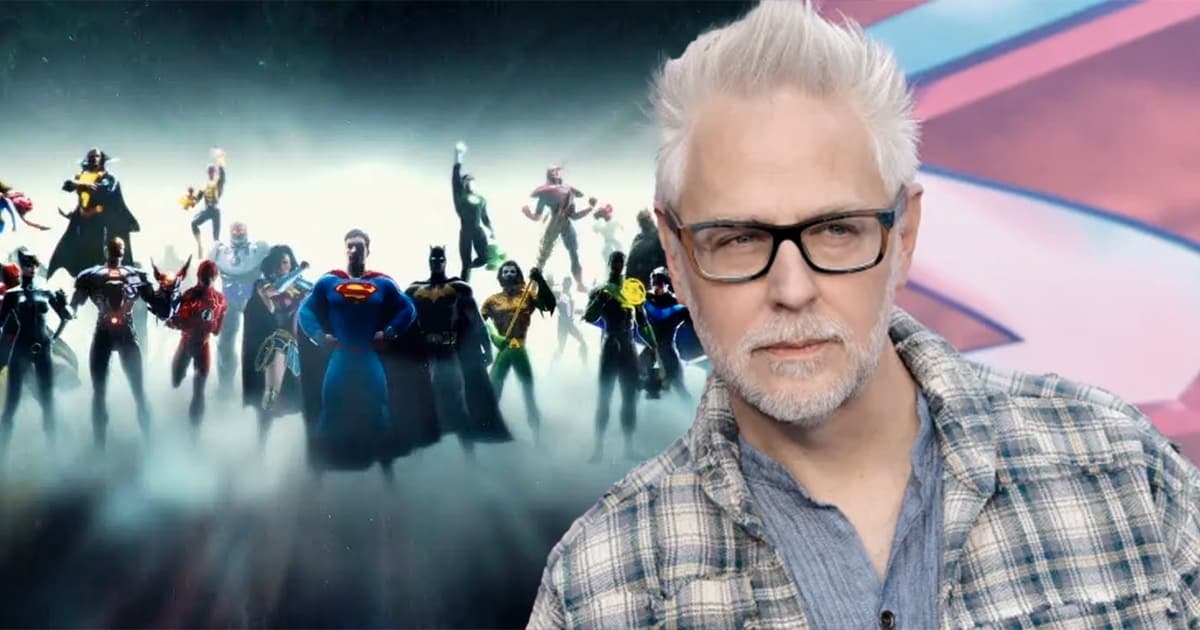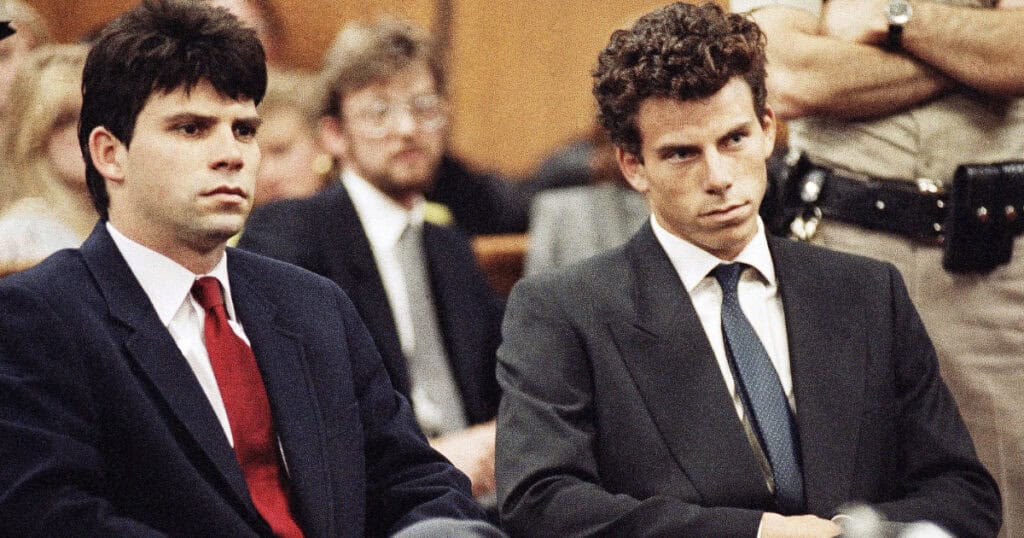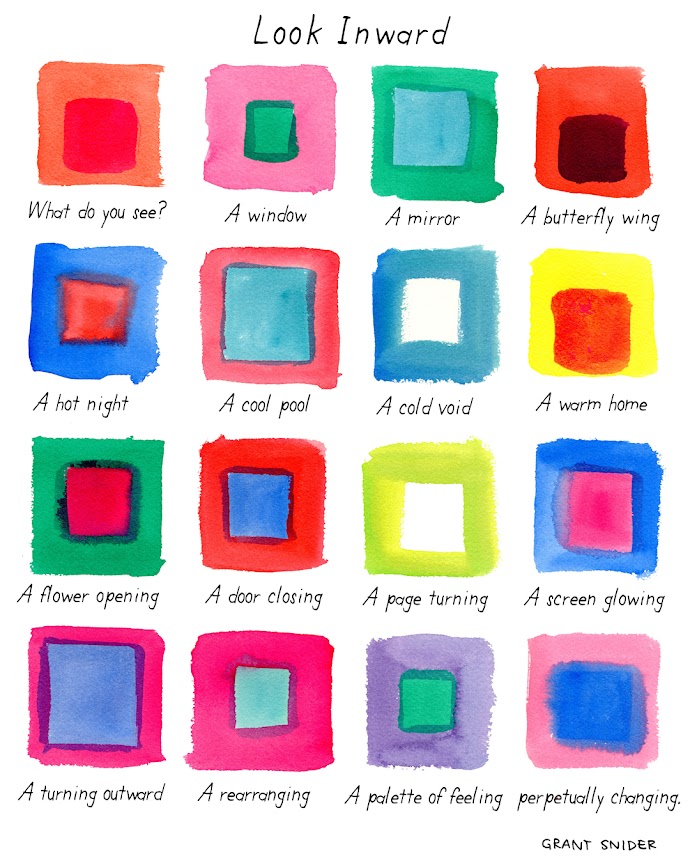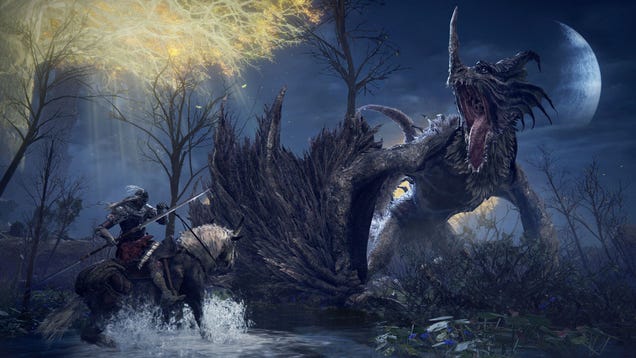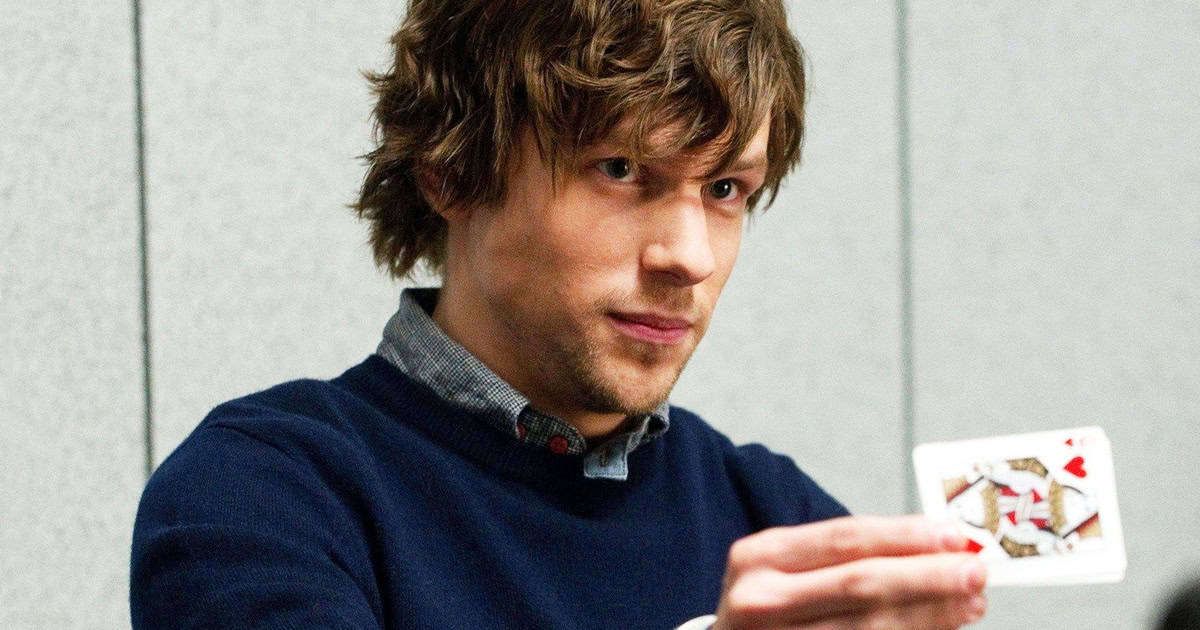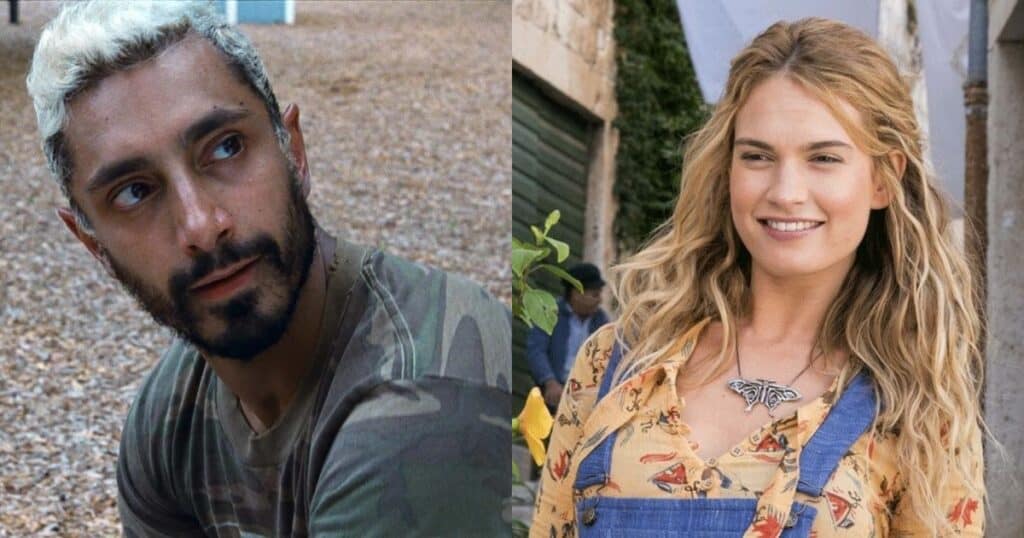

Back in early 2023, it was announced that Best Actor Oscar nominee Riz Ahmed (Sound of Metal) and Lily James, who was nominated for an Emmy for her performance as Pamela Anderson in Pam & Tommy, had signed on to star in the thriller Relay for director David Mackenzie, whose credits include Outlaw King, Under the Banner of Heaven, and Best Picture nominee Hell or High Water. By the end of April, they were joined in the cast by Sam Worthington of the Avatar franchise and production was underway. A year and a half later, Relay has finally secured a U.S. distribution deal, with Bleecker Street revealing that they’re planning to give the film a theatrical release sometime in 2025.
Worthington and Mackenzie previously worked together on Under the Banner of Heaven. Details on his Relay character have not been revealed.
Mackenzie wrote the screenplay for Relay with Justin Piasecki, whose only previous credit is a 2008 short film. The story Mackenzie and Piasecki crafted together sees Ahmed taking on the role of Tom, a world class “fixer” who specializes in brokering lucrative payoffs between corrupt corporations and the individuals who threaten their ruin. He keeps his identity a secret through meticulous planning and always follows an exacting set of rules. But when a message arrives one day from potential client Sarah (James), needing Tom’s protection just to stay alive, the rules quickly start to change.
While we’ve been waiting for the movie to secure distribution, it was screened at the Toronto International Film Festival. A good number of positive reviews came out of that screening, as can be seen on Rotten Tomatoes.
Mackenzie is also producing Relay alongside Thunder Road’s Basil Iwanyk, Sigma’s Gillian Berrie, and Black Bear’s Teddy Schwarzman. Black Bear’s Michael Heimler and John Friedberg executive produce with Thunder Road’s Erica Lee and Charlie Morrison. Black Bear fully financed the film. UTA Independent Film Group worked with Black Bear to arrange the financing.
Relay sounds interesting to me and I’m a fan of Hell or High Water, so I look forward to seeing how this is going to turn out. Are you interested in Relay? Let us know if you’ll be watching this movie in 2025 by leaving a comment below.
The post Relay: Riz Ahmed, Lily James thriller will get a theatrical release in 2025 appeared first on JoBlo.
